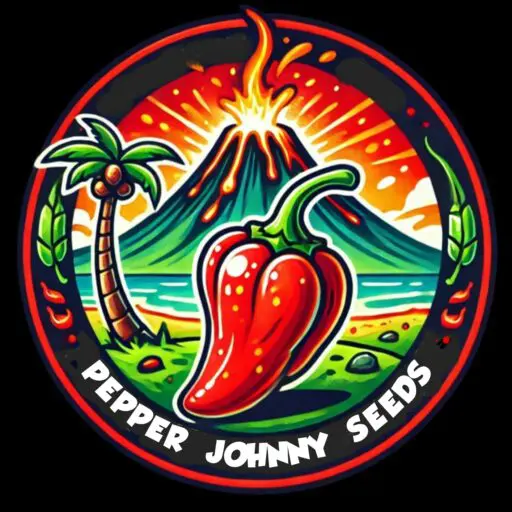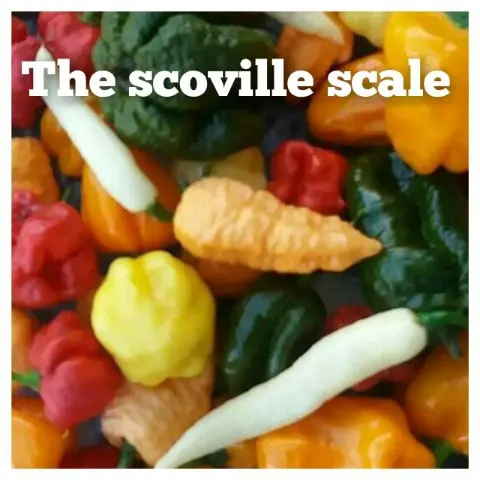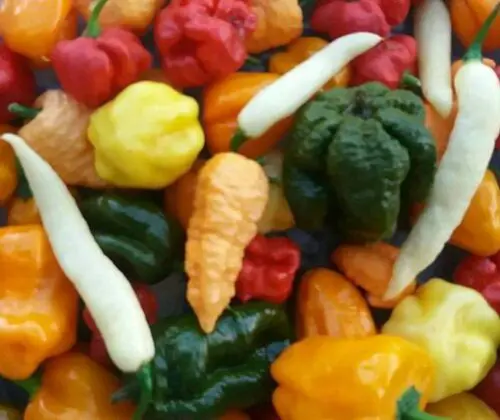The Scoville Heat Scale
The Scoville scale or scale for the hottest peppers is the estimation of the heat of bean stew peppers or other nourishments. Explicitly it’s an estimation of the capsaicin fixation revealed in Scoville Heat Units (SHU). Capsaicin is an aggravation for well-evolved creatures, including people. And delivers an impression of consuming in the tissue with which it comes into contact. Capsaicin, and a few related mixes, are called capsaicinoids and are created by bean stew peppers as an obstruction.
why is the scoville scale so called?
The Scoville scale (or scale for the hottest pepper) came around in 1912 for Wilbur Scoville. His strategy, concocted in 1912, is understood as the Scoville Organoleptic Test. Before then, there was no generally utilized strategy for estimating the heat of a pepper.
Wilbur’s strategy for estimation (the Scoville Organoleptic Test) is considered loose because of the utilization of human analyzers. Capsaicin is the compound in chilli peppers which makes them hot.
how spiciness is measured
A deliberate measure of capsaicin oil is extricated from the pepper utilizing a liquor arrangement. Five experienced human analyzers are called up and sugar water is added to shot glasses of the capsaicin until three out of five specialists cannot sense any heat. The Scoville Heat Unit (scoville scale) rating is then relegated dependent on the amount of weakening.
Presently, I’m certain you can see the issues with utilizing this strategy. A tester’s sense of taste and their number of heat receptors in the mouth differs extraordinarily among individuals. You might have the option to deal with the absolute most sweltering peppers out there, and maybe you know somebody that thinks jalapeños are dangerously hot.
You may presumably have less mouth heat receptors than your friend, making quite a difference between the two of you. There are individuals out there with no heat receptors by any stretch of the imagination, for whom apparition chillies are as mellow as a chime pepper.
Another shortcoming is tangible weakness: the sense of taste is immediately desensitized to capsaicin in the wake of tasting a couple of tests inside a brief timeframe period making it hard to look at numerous examples of a similar pepper. Results generally fluctuate between research facilities that utilize this testing technique.
how the scoville scale is measured today
Understanding that this testing technique most likely isn’t the best. A teacher of agriculture at New Mexico State University helped devise a framework called Elite Fluid Chromatography (HPLC), permitting researchers to precisely decide what number of parts per million of warmth causing alkaloids are available in given chili pepper.
Scientists and individuals in the business currently utilize this progressively solid method. The organic product is dried and ground, at that point water is sifted through the remaining parts like espresso to remove the capsaicinoids, which are put in a machine to gauge their exact amounts.
Outfitted with this information, I would say utilize the Scoville Scale as a rule. Results for any pepper can differ contingent upon its development conditions and the research facility techniques utilized test its heat. Besides, heat esteems for pepper can shift contingent upon seed genealogy, atmosphere and soil.




1 Comment
Great internet site! It looks extremely good! Sustain the excellent job!